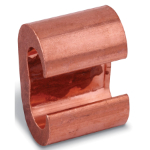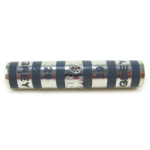busman
Senior Member
- Location
- Northern Virginia
- Occupation
- Master Electrician / Electrical Engineer
I made it 30 years into the electrical business without ever REALLY needing to splice a GEC, but there were plenty of times it would have been convenient. I had one of those instances last week and started looking at what tooling/connectors would be required to do this to code. It seems the cheapest you could get on the tooling was ~$1,700 for a hydraulic crimp tool that takes U-dies, then another $100 for the die (or $1,600 for a set to cover most conductor sizes). That's a lot of money, but not out of the affordable. I then went to look at connectors and the cheapest I could find was something like the T&B CTP22 at $40 per connector.
Am I missing something? Is there something SO special about he UL-467 listing that makes a connector cost $40 and make it so superior to a standard connector; let's say a color-keyed barrel splice? Or am I missing some cheaper tool and connector?
I'm sure those of you with more commercial experience know the answer. This just doesn't come up a lot in residential.
As always, thanks for any info.
Mark
Am I missing something? Is there something SO special about he UL-467 listing that makes a connector cost $40 and make it so superior to a standard connector; let's say a color-keyed barrel splice? Or am I missing some cheaper tool and connector?
I'm sure those of you with more commercial experience know the answer. This just doesn't come up a lot in residential.
As always, thanks for any info.
Mark



